


Osaka Prefecture
Asia
/
Japan
/
Osaka Prefecture
Located at the very heart of Japan’s Kansai region, Osaka marries archaic traditions seamlessly with the throbbing pulse of modern urbanity. Nestled in a rich plains region, bisected by the Yodo River, Osaka experiences humid, hot summers and mild winters that are characteristically typical of Japan’s Pacific coastline.
Acclaimed as "Japan's Kitchen," Osaka's charisma is deeply woven into its food culture and history of trade. Predominantly warm and humorous, the locals effectively juggle work and play, as seen in the city's vibrant nightlife and bustling street food markets. Osaka presents an authentic, down-to-earth Japanese urban experience, contrary to Tokyo’s refined cosmopolitanism.
The life of the city pulsates vibrantly in two distinctive districts: the electrifying Dotonbori, with its mechanical signage of giant crabs and pufferfish casting shadows over streets where food stalls abound, and Shinsekai's historic neighborhood, singing visual paeans to Tsutenkaku Tower's retro allure. Food enthusiasts shouldn't lose the opportunity to savor takoyaki (octopus balls) and okonomiyaki (savory pancakes) from street vendors, whose culinary craftsmanship has been honed over generations.
Key attractions in the city include Osaka Castle, a monumental structure girdled by cherry blossom trees, and Kuromon Ichiba Market, where you can sample and savor local gastronomy and fresh seafood. To encapsulate a unique perspective of the city, the Umeda Sky Building's floating garden observatory offers 360-degree sweeping views.

Get to Know Osaka Prefecture
Take a tour of this destination's highlights
Top Sights in Osaka Prefecture
Inspiring Reads on Osaka Prefecture

Travel Tips for Osaka Prefecture
What you need to know before traveling here
Getting Around Osaka Prefecture
A guide to Osaka Prefecture's local transportation
The dense subway network in Osaka interconnects all significant regions. ICOCA cards can be bought from any station for trouble-free travel. All stations use English signage, and trains operate from 5 AM to midnight, with weekend passes providing excellent value to sightseers.
Practical Tips for Osaka Prefecture
Things to prepare and best way to visit
The peak times are spring (from March to May) featuring cherry blossoms and fall (from October to November) boasting of comfortable temperatures and fabulous fall colors. The summer months of July and August marked high in humidity and temperatures, are less favorable.
Generally, Osaka is rated 20-30% more economical than Tokyo, with significant savings in dining and lodging. Street food averages around ¥500-1000, with a meal at a mid-range establishment costing from ¥2000-4000 per person.
The direct express train ride (45 minutes) or airport limousine bus (60 minutes) both offer trips to downtown Osaka. The train is quicker but costs ¥3000 as against the comparatively cheaper bus fare at ¥1900.
While English is not as prevalent as in Tokyo, most of the tourist destinations, bigger restaurants, and train stations support English signage. It’s recommended that you acquire basic Japanese phrases.
Both the lively and food-centric Namba or Dotonbori and Umeda, famous for its retail and convenient transport connections, offer excellent accommodation options, making them desirable stays for first-time visitors.
See All Practical Tips for Osaka Prefecture
Set off your journey to Osaka Prefecture
Plan smart & save big! Use discount code BISAYUK only for you

Flights

Hotels

Xperience

Get to Know Osaka Prefecture

Travel Tips for Osaka Prefecture
More Destination Near Osaka Prefecture


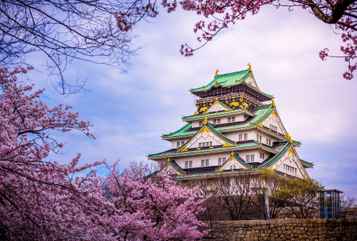

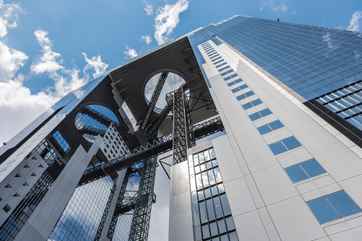
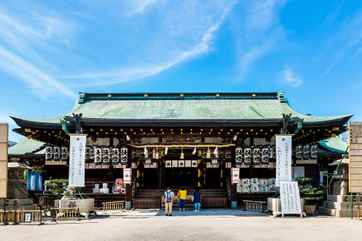











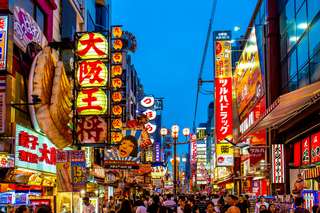

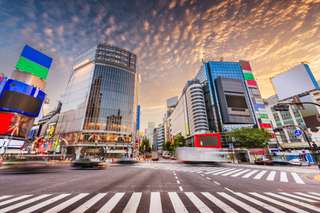







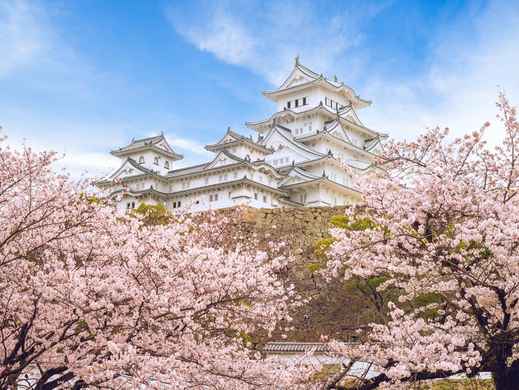


 Facebook
Facebook Instagram
Instagram TikTok
TikTok Youtube
Youtube Telegram
Telegram
